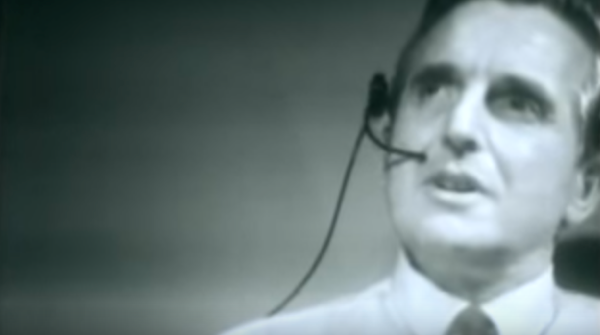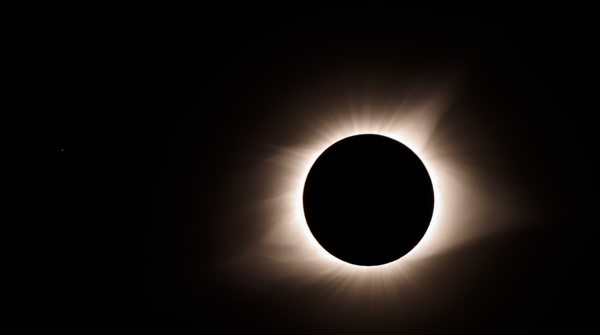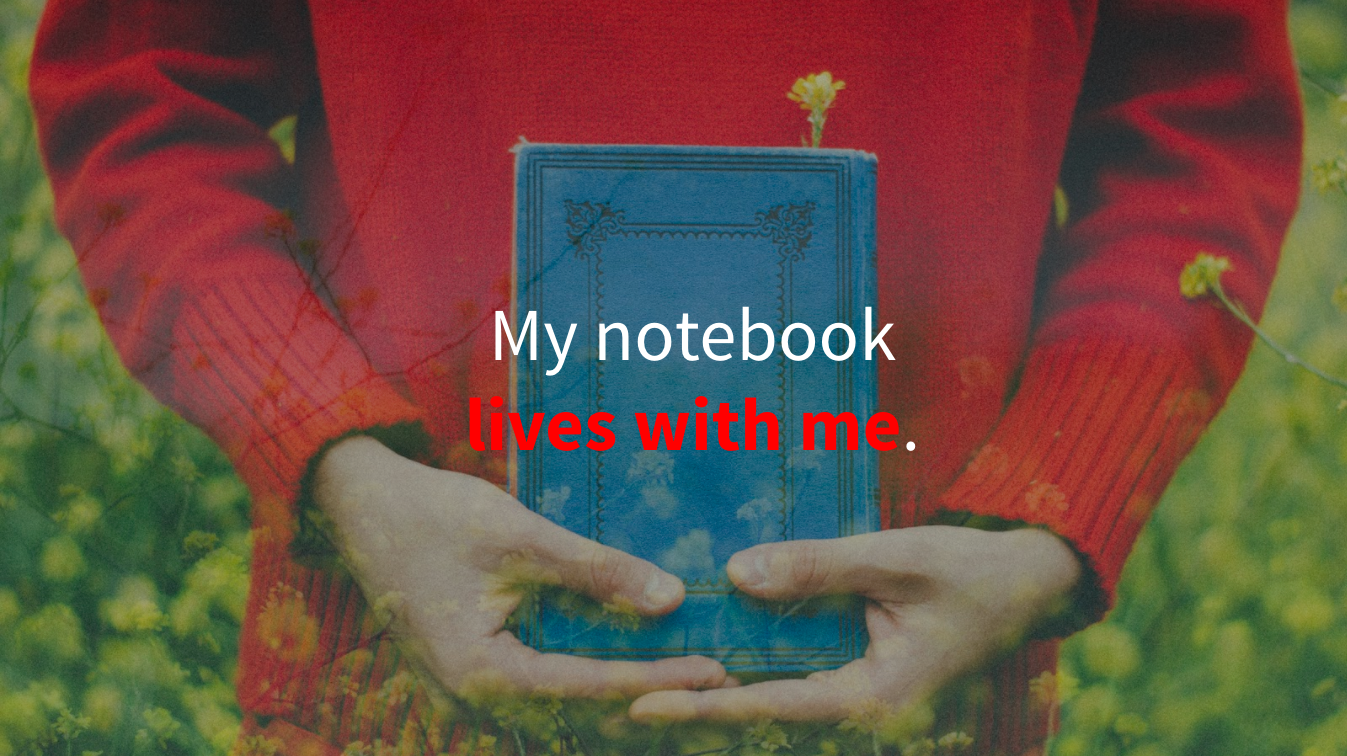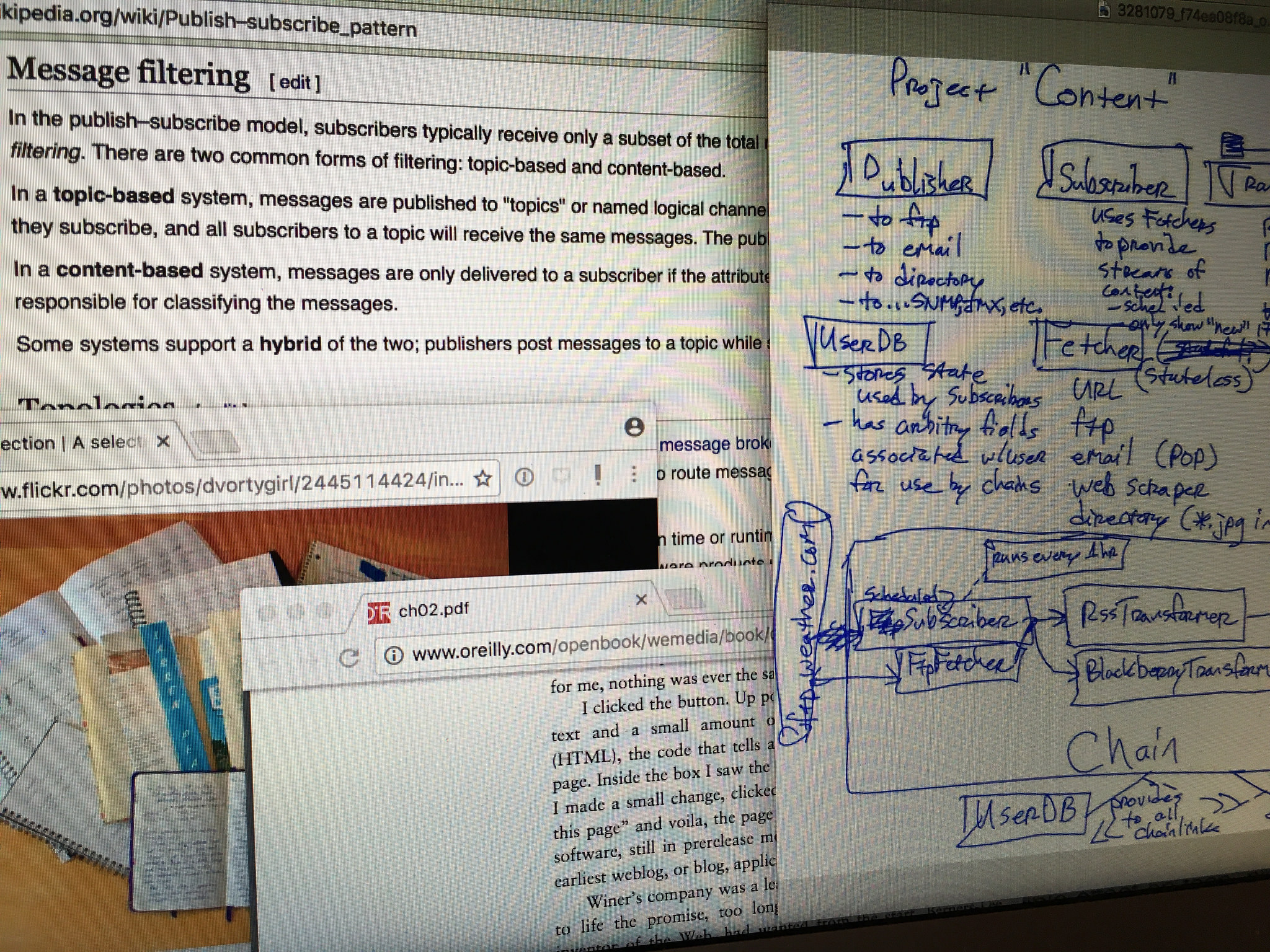Today folks are gathered at the Computer History Museum in Mountain View, California to celebrate the 50th anniversary of the Mother of All Demos (“MOAD”). Held in 1968 in San Francisco’s Civic Auditorium, SRI’s Douglas Engelbart and others demonstrated networked computer systems they were developing, including the mouse, hypertext, and real-time collaborative editing. The MOAD has become a notorious event in computer and internet history, both presaging and shaping the digital technology environment we live in now.
Welcome to the #AInthropocene
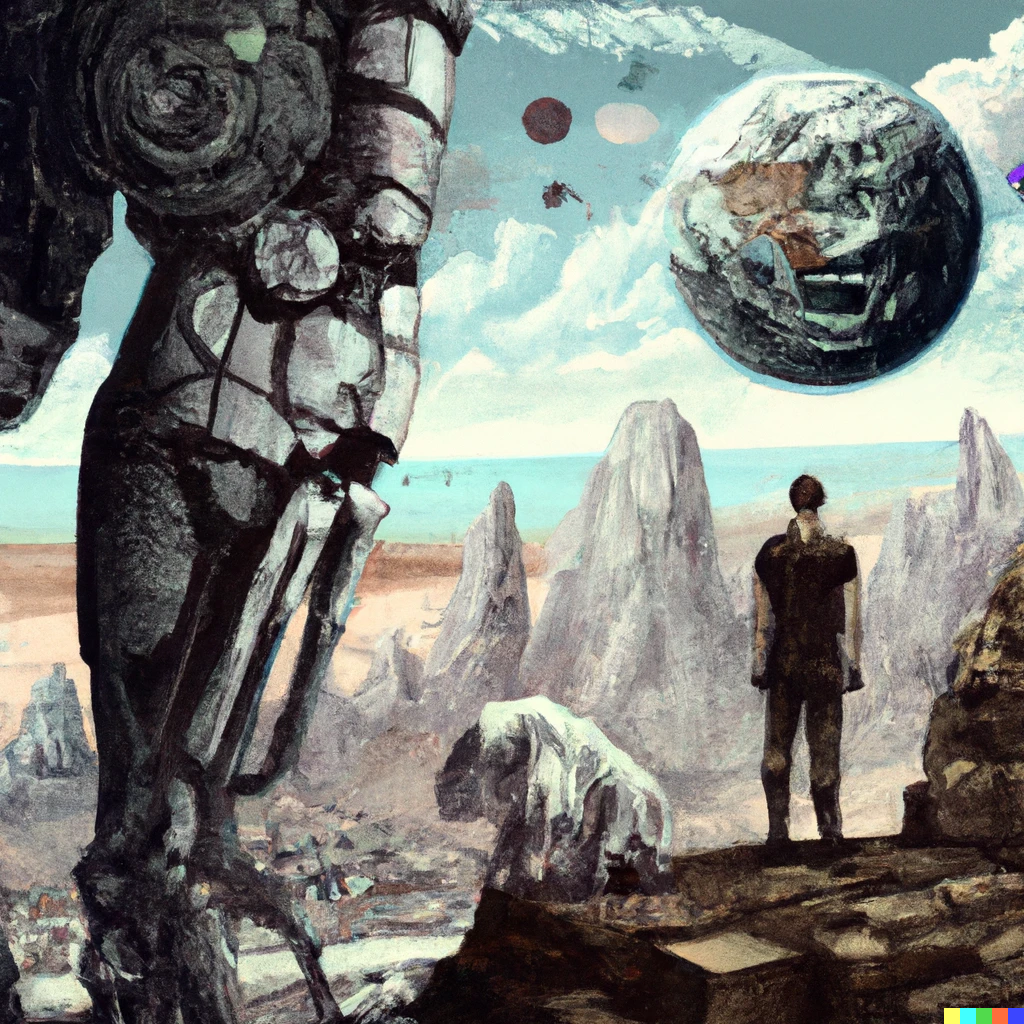
"The AInthropocene" by Nate Angell was created using the DALL-E 2 generative AI service with the prompt "Picture a future geologic age in which humans and artificial intelligence coexist and collaborate to shape the Earth and its ecosystems in ways that were previously unimaginable" and is dedicated to the public domain via CC0.
Inspired while reading Tressie McMillan Cottom’s 20 Dec 2022 NY Times post, “Human This Christmas“, I tweeted about the “AInthropocene”, which I thought would be an already existent portmanteau word that combines the idea of the Anthropocene geologic age with the “AI” abbreviation for artificial intelligence — putting the “AIn’t” in the Anthropocene if you … Read more
